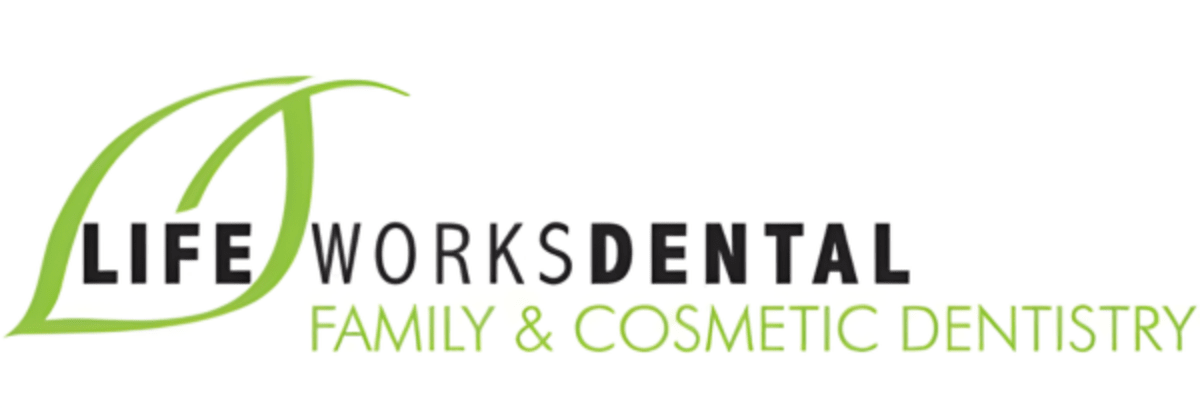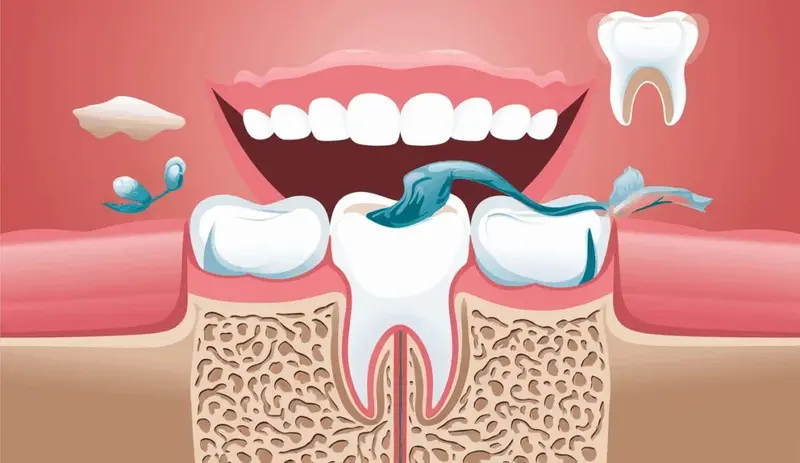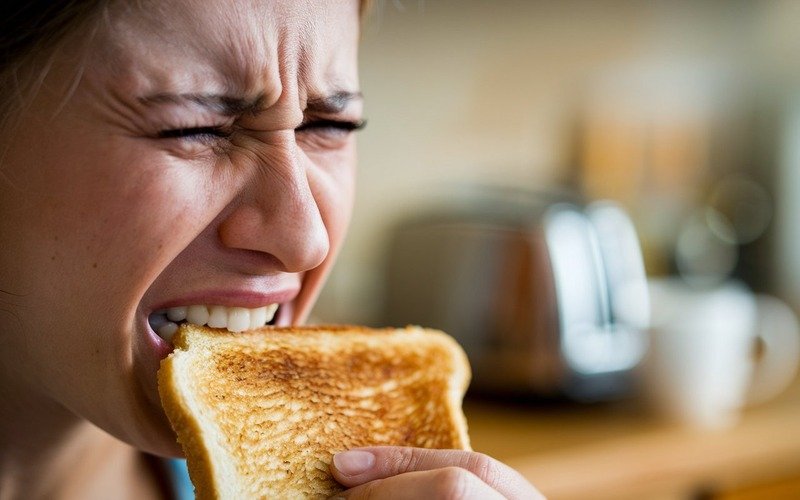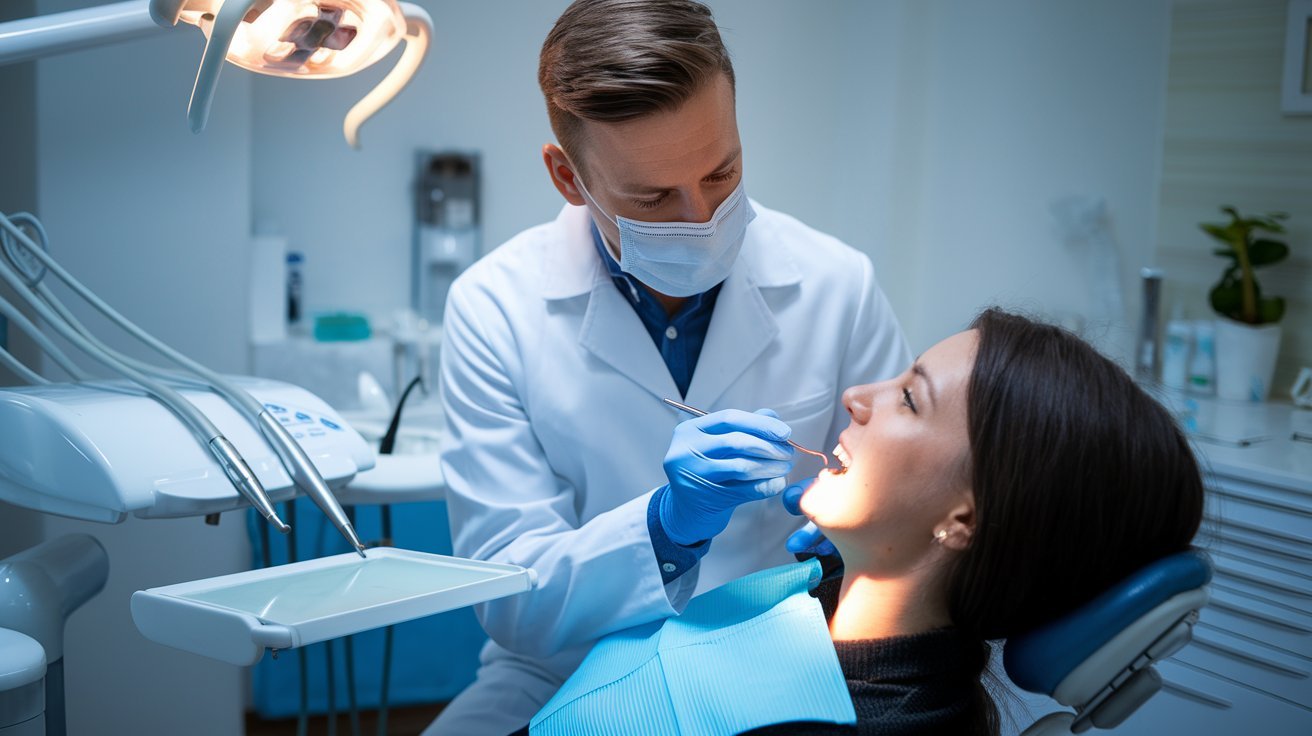When it comes to straightening teeth, adults often face the decision between Invisalign and traditional braces. Both options have their own set of advantages and disadvantages, making it important to choose the one that best fits your lifestyle, needs, and preferences. At our dental clinic in Houston TX, we help our adult patients make informed decisions about their orthodontic treatment by discussing the pros and cons of each option. In this comprehensive guide, we’ll compare Invisalign and traditional braces, highlighting the key differences and helping you determine which option is right for you.
Invisalign: Pros and Cons
Invisalign is a modern orthodontic treatment that uses a series of clear, custom-made aligners to gradually move your teeth into the desired position. These aligners are nearly invisible when worn, making them a popular choice for adults who want a discreet way to achieve a straighter smile.
Pros of Invisalign
- Discreet Appearance
- Invisalign aligners are made from clear, BPA-free plastic, making them nearly invisible when worn. This discreet appearance is a significant advantage for adults who are concerned about the aesthetics of their orthodontic treatment. Whether you’re in a professional setting, socializing, or attending important events, Invisalign allows you to straighten your teeth without drawing attention to your treatment.
- Comfort
- Invisalign aligners are custom-made to fit your teeth snugly and are designed with comfort in mind. The smooth plastic material reduces the risk of irritation to your gums and cheeks, which is a common issue with traditional braces. Additionally, there are no metal brackets or wires to cause discomfort.
- Removability
- One of the most significant advantages of Invisalign is that the aligners are removable. This means you can take them out when eating, drinking, brushing, and flossing. As a result, there are no dietary restrictions, and maintaining good oral hygiene is much easier compared to traditional braces.
- Fewer Office Visits
- Invisalign typically requires fewer visits to the dentist compared to traditional braces. You’ll only need to come in for checkups every six to eight weeks to receive your next set of aligners and monitor your progress. This is especially convenient for busy adults who have limited time for frequent dental appointments.
- Predictable and Customized Treatment
- Invisalign uses advanced 3D imaging technology to create a personalized treatment plan. This allows you to see a virtual representation of your new smile before you even begin treatment. The precise control over tooth movement ensures that your treatment is customized to meet your specific needs.
Cons of Invisalign
- Patient Compliance
- Invisalign’s effectiveness relies heavily on patient compliance. To achieve the desired results, you must wear your aligners for 20 to 22 hours a day, removing them only for eating, drinking, brushing, and flossing. Failure to wear the aligners as prescribed can prolong your treatment and reduce its effectiveness.
- Cost
- Invisalign is often more expensive than traditional braces, especially for complex cases. While many dental insurance plans cover Invisalign, the out-of-pocket cost can still be higher compared to braces. However, this varies depending on the complexity of the case and the specific insurance coverage.
- Limited Effectiveness for Complex Cases
- While Invisalign can treat many orthodontic issues, it may not be the best option for very complex cases. Severe misalignment, significant bite issues, or the need for major tooth movement may require traditional braces for optimal results.
- Potential for Loss or Damage
- Because Invisalign aligners are removable, there is a risk of losing or damaging them. If you misplace your aligners or accidentally damage them, it could delay your treatment while replacements are made.
Traditional Braces: Pros and Cons
Traditional braces have been the standard for orthodontic treatment for decades. They consist of metal or ceramic brackets that are bonded to the front of your teeth and connected by wires and elastic bands. These components work together to apply continuous pressure to your teeth, gradually moving them into the correct positions.
Pros of Traditional Braces
- Effective for Complex Cases
- Traditional braces are highly effective for treating a wide range of orthodontic issues, including severe crowding, spacing, and bite problems. Because they are fixed to your teeth, braces provide continuous pressure, allowing for precise control over tooth movement. This makes them an excellent option for complex cases that may not be suitable for Invisalign.
- No Patient Compliance Required
- Unlike Invisalign, traditional braces do not rely on patient compliance to be effective. Since the brackets and wires are fixed to your teeth, they work continuously to move your teeth, regardless of your habits. This can be particularly beneficial for patients who may have difficulty remembering to wear aligners consistently.
- Lower Cost
- In many cases, traditional braces are less expensive than Invisalign. The cost of braces can vary depending on the materials used (metal vs. ceramic) and the complexity of the case, but they are generally more affordable, making them a more accessible option for many patients.
- Customizable Options
- For those concerned about the appearance of metal braces, there are options to customize their look. Ceramic braces, for example, use tooth-colored brackets that blend in with your teeth, making them less noticeable. Additionally, colored elastic bands can be chosen to personalize the appearance of your braces.
Cons of Traditional Braces
- Visible Appearance
- One of the most significant drawbacks of traditional braces is their visible appearance. Metal brackets and wires are noticeable, which can be a concern for adults who prefer a more discreet orthodontic treatment.
- Discomfort
- Traditional braces can cause discomfort, especially after adjustments. The brackets and wires can irritate the inside of your mouth, leading to sores and discomfort. It may take some time to get used to the feeling of braces, and you may need to use orthodontic wax to alleviate irritation.
- Dietary Restrictions
- With traditional braces, there are certain foods you’ll need to avoid to prevent damage to the brackets and wires. Hard, sticky, or chewy foods can break or dislodge the brackets, leading to additional dental visits for repairs. This can be a significant inconvenience for patients who enjoy a wide variety of foods.
- More Frequent Dental Visits
- Traditional braces require regular adjustments to tighten the wires and ensure that your teeth are moving as planned. These adjustments are typically needed every four to six weeks, which means more frequent visits to the dentist compared to Invisalign.
- Difficulty Maintaining Oral Hygiene
- Keeping your teeth clean with traditional braces can be challenging. Food particles can easily get trapped around the brackets and wires, increasing the risk of cavities and gum disease. You’ll need to be diligent about brushing and flossing to maintain good oral hygiene throughout your treatment.
Which Option Is Right for You?
The decision between Invisalign and traditional braces ultimately depends on your individual needs, preferences, and the complexity of your orthodontic issues. Here are some questions to consider when making your choice:
- How important is discretion to you? If you prefer a nearly invisible treatment, Invisalign may be the better choice.
- Do you have a complex orthodontic issue? If you have severe crowding, spacing, or bite problems, traditional braces may be more effective.
- Are you concerned about comfort? If comfort is a top priority, Invisalign’s smooth plastic aligners are generally more comfortable than metal braces.
- Can you commit to wearing aligners for 20 to 22 hours a day? If so, Invisalign offers the flexibility of removability, but it requires consistent wear to be effective.
- Are you looking for a lower-cost option? Traditional braces are often more affordable, making them a good choice for budget-conscious patients.
- Do you want fewer dietary restrictions? Invisalign allows you to eat your favorite foods without worrying about damaging brackets or wires.
At our dental clinic in Houston TX, we understand that choosing the right orthodontic treatment is a personal decision. Our experienced dentist in Houston TX will work closely with you to assess your needs, discuss your options, and recommend the best treatment plan for achieving your smile goals.
Conclusion: Find the Right Orthodontic Solution at Our Dental Clinic in Houston TX
Both Invisalign and traditional braces offer effective solutions for straightening teeth and improving your smile. The best choice for you depends on your individual needs, preferences, and the complexity of your case. Whether you’re leaning toward the discretion and comfort of Invisalign or the tried-and-true effectiveness of traditional braces, our dental office in Houston TX is here to guide you through the decision-making process.
If you’re considering orthodontic treatment and want to explore your options, we invite you to schedule a consultation at our dental clinic in Houston TX. Our experienced dentist in Houston TX will provide a thorough evaluation, discuss the benefits of each treatment, and help you determine which option is better suited for you.
Contact our dental office in Houston TX today to learn more about Invisalign, braces, and how we can help you achieve a beautiful, confident smile. We look forward to being a part of your smile transformation journey.






